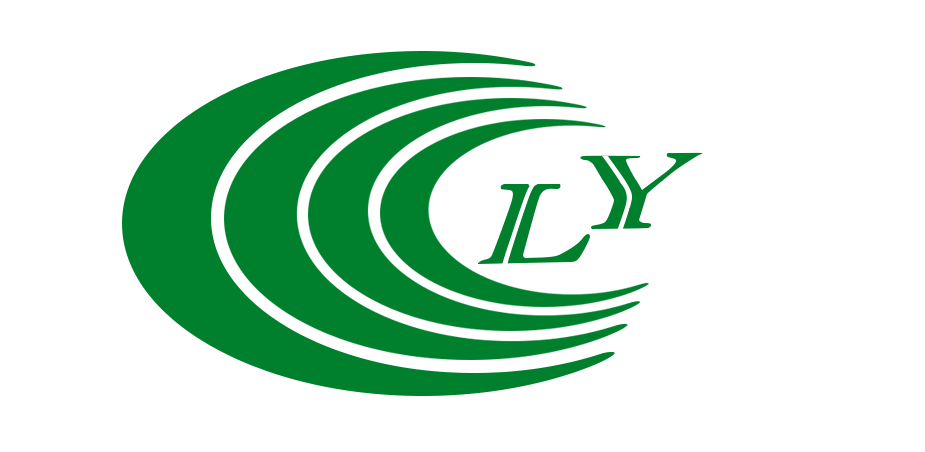PVC Artificial Christmas Trees
We all know what a Christmas tree is and we all know about the trees that are available, be it a Real Christmas tree or an Artificial Christmas. But how many of us actually know what the Artificial Christmas tree we are purchasing is constructed from, who first manufactured them and how the tree we are buying is produced?
This article follows on from our recent 'PE Artificial Christmas Trees' article, explaining what the PVC (PolyVinyl Chloride ) Christmas tree we are buying is, the process involved in manufacturing this type of Artificial Christmas tree and the benefits of purchasing a PVC Artificial Christmas tree. We hope after reading both of these articles you are armed with all you need to make an informed choice when choosing your perfect artificial tree for Christmas.
So what is PolyVinyl Chloride? PVC, also commonly known as vinyl, is a lightweight and durable synthetic polymer material (or resin), formed by combining ethylene derived from petroleum, natural gas, or coal and chlorine. This type of plastic can be found in numerous everyday products from building construction, interior furnishings, packaging, office supplies, electronics and appliances to medical equipment and vehicle parts to name just a few. Its wide range of use is partly down to the fact that it is durable and fire-resistant making it an ideal material for the humble artificial Christmas tree.
However the Artificial Christmas trees we purchase in the UK market utilise an extremely high quality PVC for the durability required to help an artificial tree last 10 or more years whilst retaining its colour and shape. You can also rest safe in the knowledge that these modern manufactured artificial trees are made with a type of PVC that is chemically and mechanically stable and is safe to use, and believe it or not, can actually be kinder to the environment (in the long term) than a natural 'cut' Christmas tree; I will explain this further on in this article.
The first artificial Christmas tree was invented by a company who made toilet bowl brushes, the Addis Brush Company. However since the first design concept was made into reality the materials used, and the thought process behind the designs, have thankfully progressed rapidly; however it is still interesting to know the that first artificial Christmas tree was actually just a really big green toilet bowl brush!
They are durable, easy to assemble, maintain, decorate and dismantle ready for the next year. There is also the added benefit in that they do not leave pine needles on the floor or leak sap, they do not need to be watered, which can damage floors and carpets, will not have unsightly bare spots, and do not bring the odd bug from the farm where they where grown into the home. The branches are resistant to fading, and they are also crush resistant to keep their shape year after year.
These artificial trees can be produced in a number of different ways, and are predominantly produced in China although there are some quality tree producers in Europe also. The 'needles' of the tree are mostly produced from slices of PVC film. This film is wound around and through shaped metal branches made to different sizes in order to mimic the appearance of a real tree. Although a PVC tree is realistic, once you are within a few feet you will certainty notice that it is artificial, where as a PE tree is barely indecipherable to that of a real Christmas tree.
From an environmental standpoint, modern developments in PVC production means that it now has excellent recyclable properties, allowing manufacturers of artificial trees to recycle scrap PVC from within their own factories. There are also regulations for quality control and safety within PVC production methods. PVC also requires only 70 percent of the energy needed for production compared to other plastics. This translates into less carbon dioxide emissions, making it more environmentally friendly. When compared to a real tree, an artificial actually uses less resources over the course of its 10 20 year life, uses less pesticides and substances that can be a danger year on year to wildlife and is a much more affordable option at Christmas time.
